
Me, since I tend to get more contemplative twice a year (New Years in January, birthday in July), and since I tend to be a bit rambling (yup… got vaccinated with a knitting needle… lots of dropped stitches and loose threads in my writing), I thought I’d post a separate reply, so I wouldn’t clutter up the usual Survey feed.
So, the questions:
2015 Projects: The usual… comics evangelism. Doing the same thing I did last year… working my day job which is tangential to comics, attending various trade shows, blogging whenever I get the compunction, and being a cool uncle to my nieces and nephews.
What guilty pleasure (of any kind) are you looking forward to in 2015? All of them? There are a few graphic novels I’m anticipating (read: will buy instead of just reading the review copies). Larry Gonick, Scott McCloud lead the list, but there are quite a few amazing books forthcoming next year. (And in 2016! Margaret Atwood adapting “The Handmaid’s Tale”!)
What was the biggest story in comics in 2014?
It’s something that’s been big for at least five years, but which seems to have reached critical mass:
Diversity and diversification.
From Dictionary.com:
1. the state or fact of being diverse; difference; unlikeness
2. variety; multiformity.
3. the inclusion of individuals representing more than one national origin,color, religion, socioeconomic stratum, sexual orientation, etc.
4. a point of difference.
Comics have always been diverse in subject matter, even when certain genres dominate, such as superhero comic books or gag-a-day comic strips. Even when the major publishers imploded lists in the 1970s, reducing their diversity of genres, it was soon filled by smaller publishers in the Direct Market offering even more diverse titles, as Heavy Metal and Speed Racer whetted the appetites of readers for the new and unusual. While the Direct Market could be blamed for the concentration and reduction of customer demographics to that of the “Android’s Dungeon” in the 1990s, it did allow publishers to mitigate risk if sales quotas could be met.
With the widespread popularity of the Internet, it was even easier to discover new titles, new fans, new publishers, new techniques, new everything! (Old stuff, too!) You didn’t need to leave your computer… You could order comics online, read web comics and newspaper comics and digital comics… in 2002!
So, why are we just reaching critical mass now? Well, here’s Adair’s Rich and Famous Epiphany:
It takes a lot of work, and a lot of time, to become an overnight sensation.
This generally applies to creators and celebrities, but it also applies to demographics as well.
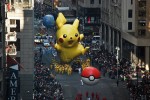
But why manga? Why then? Why not back in the 1990s, when Eclipse, Dark Horse, and Viz were publishing titles available in comics shops? The simple answer? Computers. By 1999, most libraries had computerized and barcoded their collections. Most bookstores, especially the chains, were early adopters of computerized inventory. With a few keystrokes, sales and circulation figures could be quickly tabulated and monitored. Once librarians and booksellers noticed the rising sales of comics and graphic novels, they were quick to exploit the demand.
Why manga? Most of the titles featured teens in fantastic situations, with realistic characterizations. It was YA fiction without the “very special episode” plotlines. Pure escapism.
What was once a bookshelf at the end of Science Fiction in bookstores or a few titles shelved amongst the books on drawing soon became robust sections. The Book Publishing industry also noticed this, and began to experiment with titles. (Many had been burnt earlier in the black and white implosion, when Maus inspired a similar boom of literary titles in bookstores c.1986.)
Eventually, the book publishers figured out the market. Some became distributors for foreign publishers, while others developed new imprints. The important factor: the titles marketed to book stores are also marketed to libraries. Whereas the Direct Market largely ignored libraries (mostly due to internal vendor policies from library boards), the Book Market catered to them! Libraries, like comics shops, can’t return merchandise. Once distributed, the book is a guaranteed sale (and likely to remain in a library’s collection for many years). So… two of the most visible places to find comics became bookstores and libraries. Libraries have a unique aspect: many of the titles selected for purchase are well-reviewed and curated, thus presenting the best titles to a curious readership.
Of course, once something starts to sell, Hollywood is not far behind. Sometimes, motion picture studios will acquire the film rights to a book before publication. The same held true for comics, and just as Pokemon proved the model, many studios began acquiring titles. (Nothing new really… every year since 1990, there’s been at least one alternative comics movie on screen.)
So movies act as giant advertisements for graphic novels. (The Watchmen trailer pulled double-duty, selling both the movie and the graphic novel!) Hollywood blockbusters helped sell the books, due to Adair’s Law of Movie Tie-Ins:
If a studio spent $20+ Million to make a movie based on a book, the book must be pretty darn good, and worth a read.
(If a movie gets buzz during filming, a book can sell nicely before it hits theaters.)
Thus, it’s not surprising to see the influx of new readers and fans into the comic community.
Add to this the diversification of product offered to consumers. Comics shops and other retailers cater to what the customers want. Sometimes it’s a fad, sometimes it’s word-of-mouth.
Each year, new readers discover comics, in a variety of locales. Where once readers would mature and kick the habit, now, there are new titles which appeal to a wide demographic, and to casual readers.
2014 was when it all hit critical mass. Bolstered by an influx of new fans of non-white and/or non-male orientation, comics shows had to deal with a demographic paradigm shift. Fandom had generally followed a welcoming idealism in the 20th Century, as individuals sought out communities where they could fit in. The mainstreaming of comics in this century caused a tumultuous shift in fandom’s bedrock, as new genders, new genres, new fandoms influxed and flummoxed self-appointed gatekeepers.
This was a year where major shows advertised and posted written anti-harassment policies.
This was a year where the bestselling graphic novels in hardcover and paperback were created by women.
This was the year that BookCon, the public side of BookExpo America, became the anti-comic-con, as 10,000 attendees, mostly teenaged and female, swarmed Halls 1E and 3E at Javitz. Remember that first New York Comic Con, with the fire marshalls? It was almost like that. (There was a waiting line to get to the panel rooms on 1E!)
Even DC and Marvel have noticed, and are offering titles which appeal to this new readership.
(They’ve also made a few mistakes, but that happens, and they’re trying.)
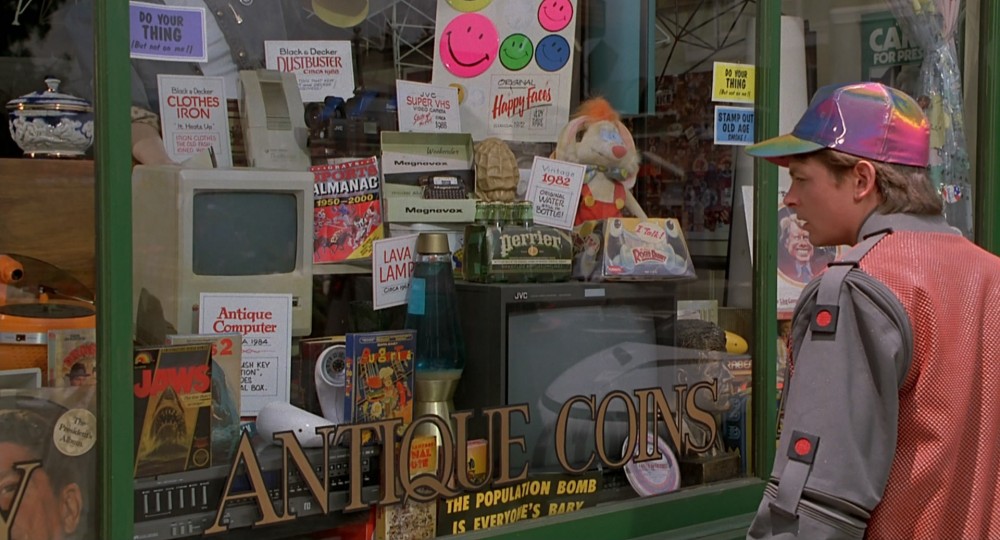
Lessee… what hasn’t been checked off the milestone list yet?
- A graphic novel wins a general literary award, competing with all books.
- Corporations realize that DRM-free digital titles don’t hurt the bottom line, but actually spur sales of physical copies.
- Disney’s publishing and licensing divisions realize that Marvel is leaving a lot of money on the table by not replicating DCE’s movie backlist tie-ins. Marvel launches a dedicated line to “Earth-199999“, as well as offering digital-first comics aimed at Disney XD properties (Gravity Falls, Star Wars: Rebels, Web-Warriors, Mighty Med, Lab Rats…) Marvel also launches a beginning reader series of comics.
- DC, realizing the dearth of backlist titles generated post-New 52, uses Multiversity and Convergence to expand the DC multiverse and experiment with new ideas based on old properties. (This is part of DC’s corporate DNA.)
- Image creates in-house imprints to better market their diverse titles to retailers and readers.
- Comics produces its version of S.E. Hinton, a best-selling teenage author.
- At least one company offers a print-on-demand service for their comic book backlist which allows customers to create a unique collection.
- At least one university will announce the creation of a multi-disciplinary program investigating the creation and uses of “applied comics”.
- A new category is nomenclatured: app comics. These are comics created by do-it-yourself apps, like Bitstrips. Somewhat clumsy, naive, and unpolished, they will fill the space currently occupied by Internet memes. (Think Twitter with pictures.)
With the expiration of patents for Microsoft Chat, digital comics readers, and other old technologies from the Dot-Com era, old technologies and techniques will be rediscovered, improved, and innovated.
- Marionette, Arcturus Rann and/or Bug will appear in a post-credit scene in Marvel’s Ant-Man.
- Disney Consumer Products launches a “Disney Heroes” line replicating the success of the “Disney Princess” franchise. It will feature gender-non-specific costumes of popular Marvel and Star Wars heroes.
- BookCon will triple attendance next May, as it expands to two days. Within five years, it will become as big as New York Comic Con, with a simultaneous “New York Book Week” festival.
- And the Cubs win the World Series. (Current odds: 12-1)
Whatever 2015 brings, I hope it’s fun! You’ll see me next at the Meadowlands and MoCCA, then Chicago, New York, San Francisco, and maybe Paris.


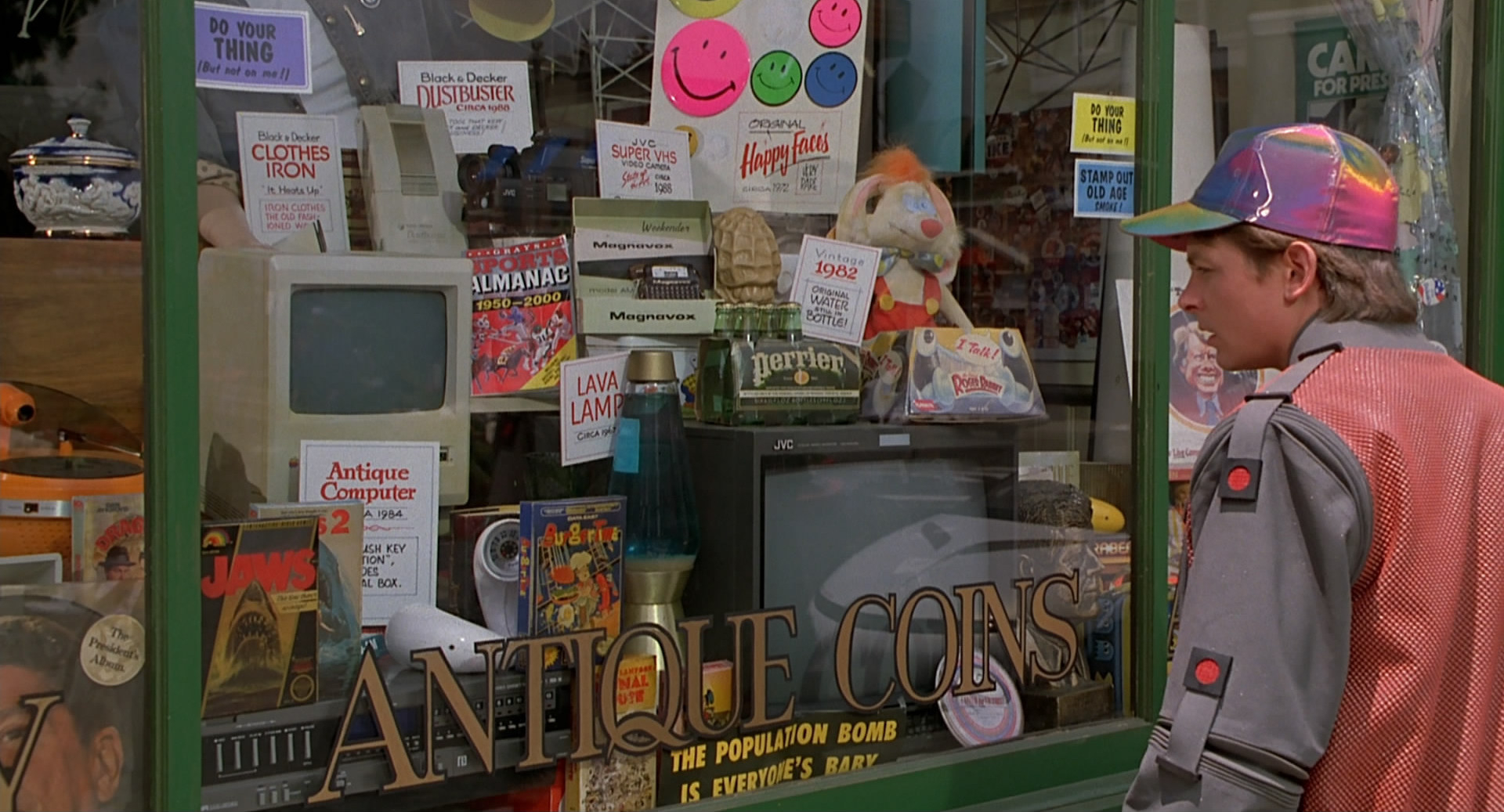
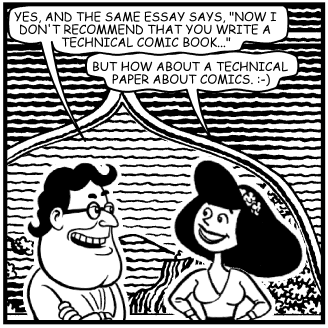
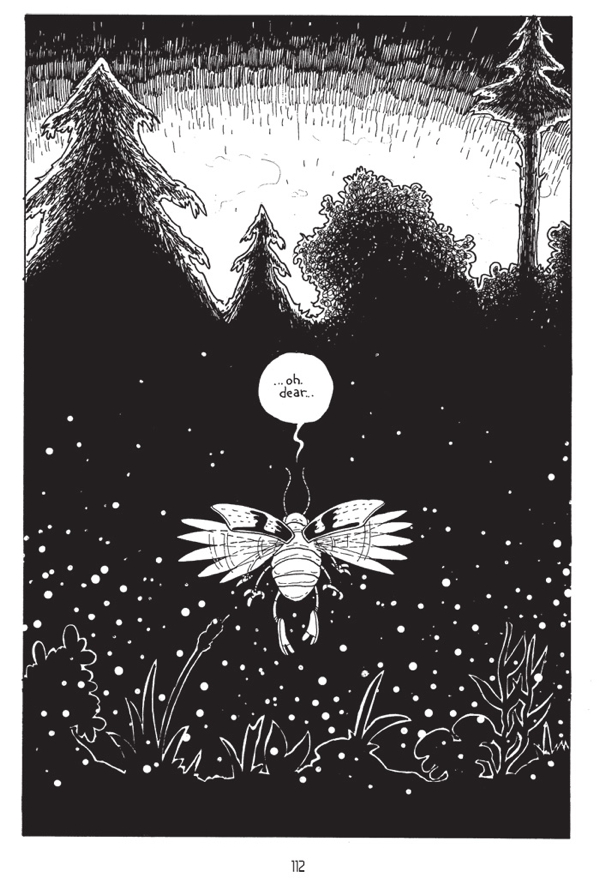


I thought Jim Shooter on Legion was our S.E. Hinton.
Stay iron, Ferro Lad. Stay iron.
kdb
Kurt, you just made my day :-)
Comments are closed.